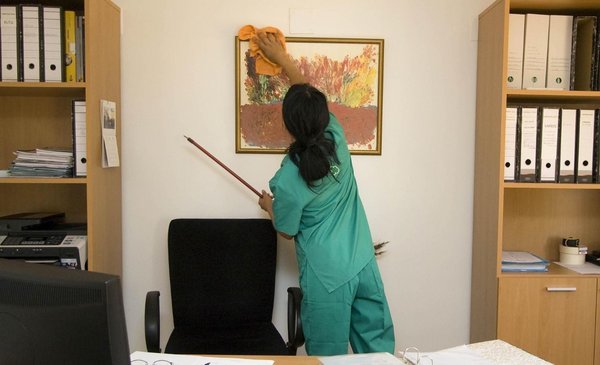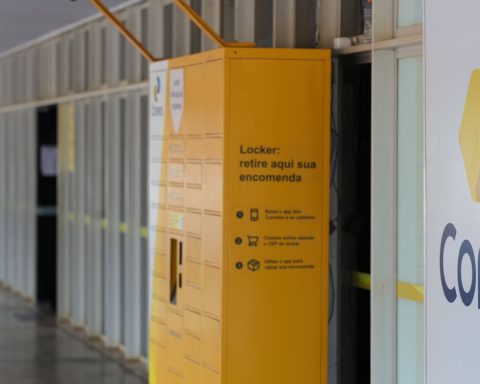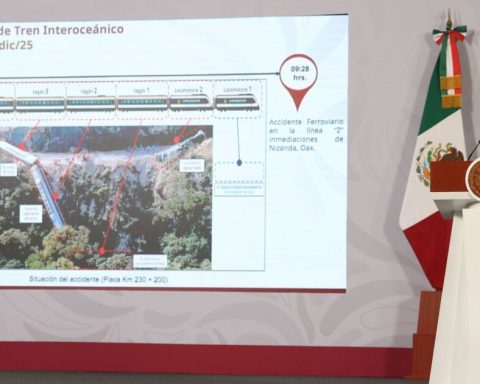The past few years have allowed him to deliver good employment news to the government of Luis Lacalle Pou. After the brake caused by the covid-19 pandemic in the economy, 2021 closed with the creation of 59,000 jobs and 2022, with 32,000.
He Work market it was recessive during the first part of 2021, but, at the end, job creation remained above its average. On the contrary, employment in 2022 managed to stabilize, and, although it was sustained, practically half the jobs were created than the previous year.
In any case, “employment is at levels above the pre-pandemic and approximately half of the jobs that were lost between 2015 and 2019 have even been recovered,” clarified the latest bulletin on macroeconomics prepared by the Development Studies Center (CED).
The data on the labor informality of 2022 were also held in the current administration. This rate stood at 20.9% at the end of the year, thus confirming the drop that had been recorded in the latest estimates.
Informality had not been able to break its floor of 25%, a mark it met in 2014 after a sustained decline since 2006, during the first term of government of tabare vazquez and the one of Jose Mujica.
“In the last 15 years there has been a very important advance in this sense: while informality in 2006 was close to 35%fell sharply until 2014 as a result of the economic boom that the country experienced at that time,” explained the economist and executive director of the CED, Agustín Iturralde, in dialogue with The Observer.
From the economist’s perspective, there are two aspects that should be delved into to better understand this phenomenon. The first is “to know which are the places of informality that still remain in Uruguay” and the second is “to know what happened so that informality has dropped four points during and after the pandemic.”
“I have not seen good explanations in this regard that justifies this drop in informality; it does not seem that something so exceptionally good has happened to explain” this phenomenon, the expert said.
Informality is made up of hard nuclei, such as construction and domestic work or retirees who are active.
The expert explained that progress has been made in breaking with informality in recent times and that the pension reform presented by the current government could help scarify the composition of the population that is in this situation.
The economist was surprised by the drop in informality “in this context.”
a structural problem
The pandemic “accelerated the transformation of the types of skilled jobs, to the detriment of lower-skilled jobs. Those with a higher qualification tend to be more formal”, the expert developed.
Regarding the projections for this year, Iturralde explained: “When informality falls, it is more difficult to continue lowering it because there are resistant nuclei” and it is probably that this implies cross-cutting policies, because various problems revolve around this population around low-skilled employment .
This particular issue configures “one of the biggest challenges that Uruguay will face in the medium and long term,” which involves, in addition to informality itself, formal workers who are on the border and are prone to falling into informality and the population that does not have a job and need to get it.
“The types of work are not for low-skilled workers and, in turn, those that are being destroyed are theirs; this is a drama for a country in which 60% of its young people do not finish high school” .
Including low-skilled workers implies a serious discussion for the coming years that involves several dimensions: labor, tax, social protection, labor costs, concluded the economist.
Lack of policies
The decrease in informality “is a positive fact, because this is one of the most important structural problems that the Uruguayan labor market presents,” said the economist. Hugo Baifrom the research and training institute Duarte slope of the PIT-CNT.
“When the pandemic started, this behavior was to be expected, because most of the jobs that were lost were informal; there was a rise in formality throughout Latin America during the pandemic because formal workers were able to go to the protection network social,” added the expert.
Bai expressed that from the institute they worked to explain what this drop in informality is due to in a context of remployment recoveryalthough they still do not have a “strong” answer in this regard.
“This is a multi-causal phenomenon,” Bai asserted, adding that part of those factors they identified were “the role that social protection played in the pandemic, a recomposition of employment, and the appreciation of formality.”
Initiatives such as solidarity wages and the ABC planFor example, “these are programs that contributed to the generation of around 20,000 formal jobs, despite their low wages and hourly load,” Bai said.
The drop in informality between 2005 and 2014 had to do with “clear public policies that were deployed during that period, such as collective bargaining and health reform,” reflected the economist.
However, currently “no deployment of structural changes was noticed” that contribute to accompany the decrease in informality in the future, he noted what should be expected for this year.
“In general, employment has stagnated, after a very good performance that was registered during the second half of 2021 and, in a way, the informality indicator tended to stabilize, despite its small improvement,” Bai concluded.
A phenomenon that “must be studied”
For the Minister of Labor and Social Security, Paul Mieres, it is necessary to point out that the drop in informality occurred in a context in which jobs grew. “During the pandemic, jobs fell and, obviously, informality also fell with general activity: free fairs were prohibited, for example, and street vendors who took advantage of cultural or sporting events could not carry out their activity during that time. “.
“Now it is a totally genuine phenomenon because the number of employed people is the highest, at least, since the previous five-year period included, and, in turn, the number of contributors that appear in the Social Welfare Bank (BPS) is at its highest level,” Mieres said.
The minister explained that the reduction in informality is due, in part, to “a valorization of formal work, which resulted from the employment crisis during the health emergency when formal employees received the support that informal workers did not have.”
Mieres expects this downward trend to continue by 2023 and that he speaks of “a restructuring of employment that is positive because there are more people working and informality fell four points.”
The ministry does not know for sure what the profile of the workers who ceased to be informal is, but explained that it is a matter “to continue investigating.” On the other hand, Mieres asserted that the number of sole proprietorships and that this phenomenon is probably another reason.
In turn, Mieres also explained that this reality varies depending on the department and that the informality rates of the bordering departments are higher, so “policy must be focused on the border.”
Asked if any particular type of policy will be promoted to reduce informality, Mieres said: “We must continue working, although Uruguay is, by far, the country in Latin America with the lowest informality rate, we are far from those of Europe”.

















